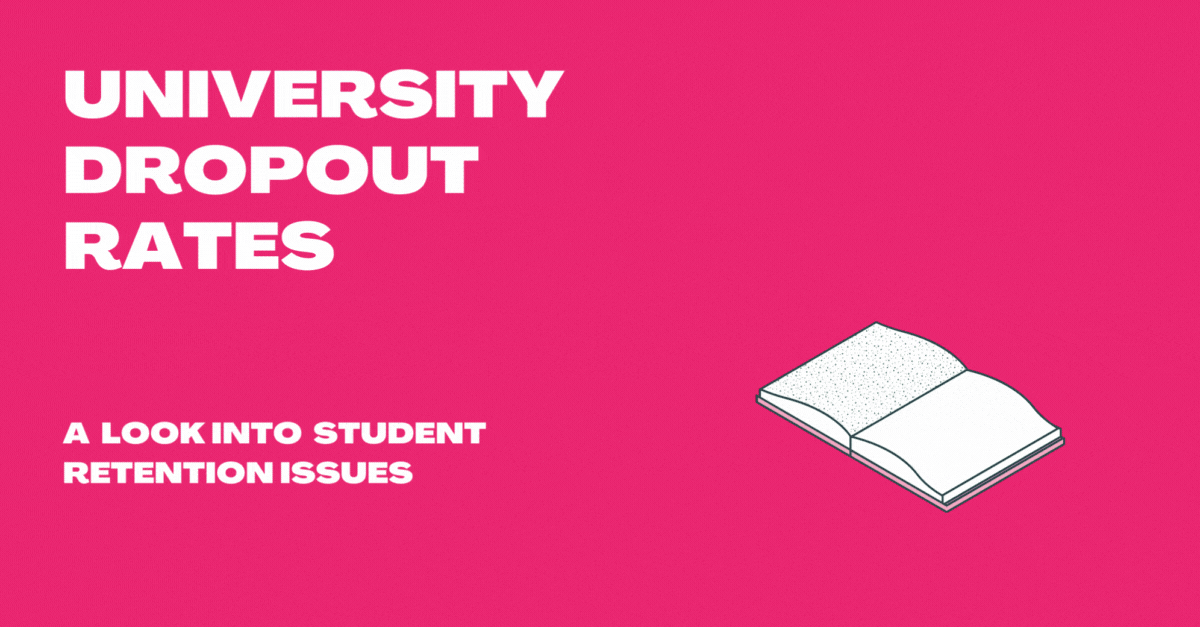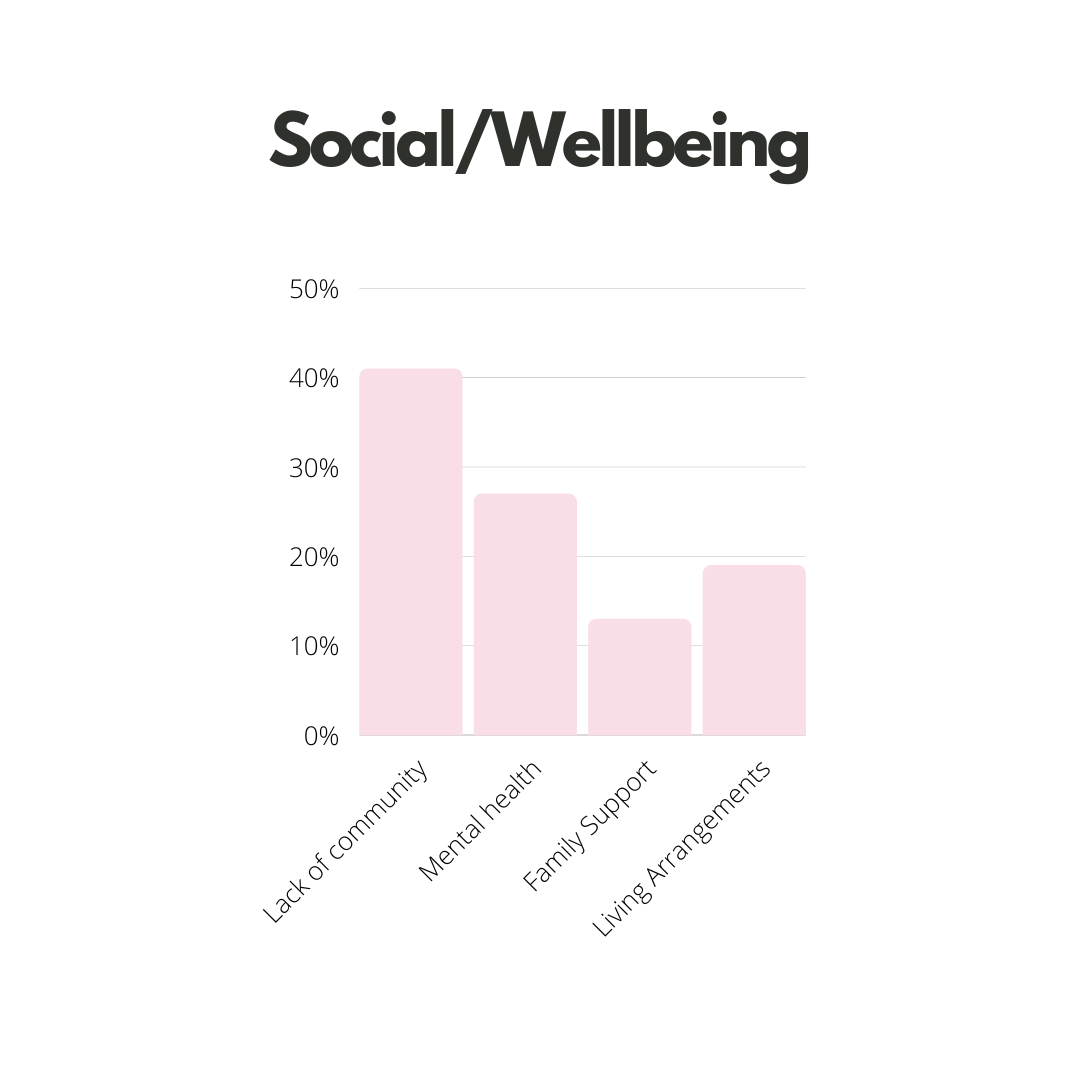
Current Outlook:
Student dropout rates are a critical concern for educators, parents, and policymakers alike. When students leave university before completing their education, they miss out on the benefits of a degree, which can lead to fewer job opportunities and lower earnings over their lifetime. In this report, we will explore the causes of student dropout rates and identify strategies to help reduce the dropout rate.
According to the National Center for Education Statistics (NCES), the overall status dropout rate for 16 to 24-year-olds in the United States was 5.1 percent in 2020. In Australia there are about 50,000 students who leave university in their first year which is around 1 in 5 students, costing universities up to $3.5B. This represents a decline from previous years but still represents a significant number of students who are not completing their education.
Dropout Factors:
Several factors contribute to student dropout rates, including the following:
- Academic Struggles: Students who struggle academically may feel discouraged and lose motivation to continue their education. They may also feel embarrassed or ashamed about their performance, which can lead to social isolation and disengagement.
- Financial Barriers: Financial constraints can also be a significant cause of student dropout rates. Students from low-income families may need to work to support themselves or their families, which can make it difficult to balance school and work responsibilities.
- Personal and Family Issues: Students may also face personal and family challenges that make it difficult for them to attend school regularly. These challenges can include health issues, family responsibilities, or personal struggles, such as substance abuse or mental health issues.
- Lack of Support: Some students may not have access to the support they need to succeed in school. This can include access to tutoring, academic counseling, or mentorship programs. Without this support, students may feel isolated and discouraged, which can lead to dropout.
QPay surveyed around 5,000 students across 2 campuses with 2,041 respondents considering leaving university:




Retention Strategies:
Universities can employ several strategies can help reduce student dropout rates, including the following:
- Early Intervention: Identifying struggling students early on and providing targeted support can help prevent academic struggles from leading to dropout.
- Financial Aid: Providing financial aid to low-income students can help remove financial barriers to education.
- Support Programs: Offering support programs such as tutoring, academic counseling, and mentorship can help provide the support students need to succeed.
- Family Engagement: Engaging families in their child’s education can help ensure that students have the support they need to succeed.
Student dropout rates continue to be a significant concern, with many students facing significant challenges that make it difficult for them to complete their education. By understanding the causes of dropout rates and implementing strategies to reduce them, educators and policymakers can help ensure that all students have the opportunity to succeed.
To find out more on how Rubric can help your university, visit our Student Retention Solutions

About The Author: Moe
More posts by moe